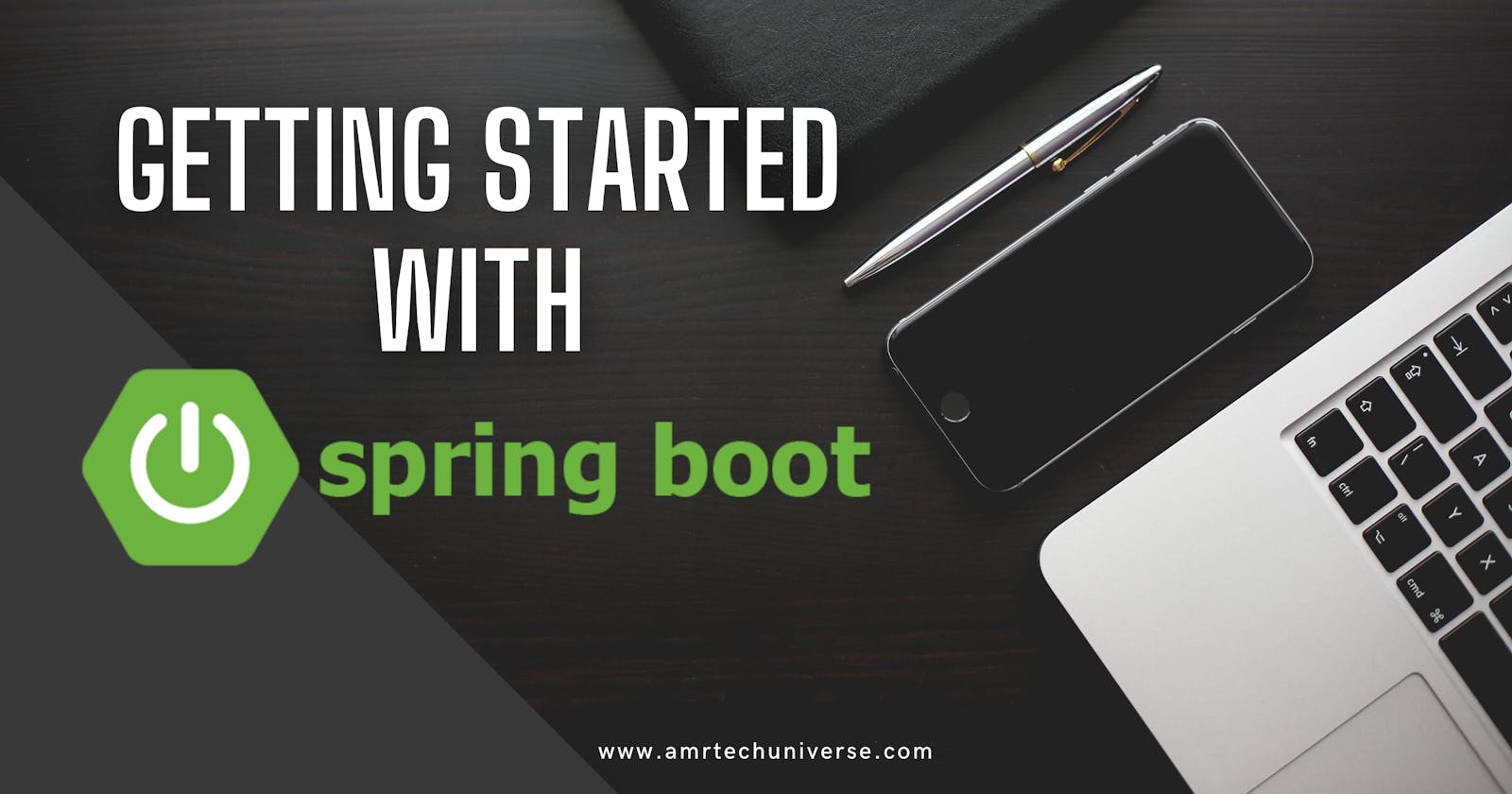This article is the first in a series of many related to the Springing into Action: A Spring Boot Journey from Novice to Pro Series, be sure to check out the series for more related content!
In this article, we will explore the benefits of using Spring Boot, a widely-used Java framework, for building web applications. Spring Boot, which is built on top of the Spring framework, offers a range of convenient tools and features that allow for fast and efficient development. We will also delve into how to get started with using Spring Boot for your next project.
What is Spring Boot?
Spring Boot is a framework for building web applications in Java. It is built on top of the Spring framework and provides a set of convenient tools and features for developing web applications quickly and efficiently. Some of the key features of Spring Boot include:
Auto-configuration: Spring Boot automatically configures your application based on the dependencies you have included in your project. This means that you don't have to spend time manually configuring your application and can focus on writing your code.
Embedded web servers: Spring Boot includes an embedded web server, so you don't have to set up and configure a separate web server. This makes it easy to run your application locally and deploy it to a production environment.
Command-line interface: Spring Boot includes a command-line interface (CLI) that makes it easy to create new projects and run your application.
Getting Started
To get started with Spring Boot, you will need to have the following tools installed on your machine:
Java Development Kit (JDK) version 8 or later
Apache Maven
Once you have the necessary tools installed, you can create a new Spring Boot project using the Spring Initializer. The Spring Initializer is a web-based tool that helps you create new Spring Boot projects. To use it, simply go to the Spring Initializer website and select the options for your project.
Once you have created your project, you can open it in your favorite IDE and start developing your application.
Creating a Simple REST API
Now that you have a basic Spring Boot project set up, let's create a simple REST API. First, we need to add the spring-web dependency to our pom.xml file:
<dependency>
<groupId>org.springframework.boot</groupId>
<artifactId>spring-boot-starter-web</artifactId>
</dependency>
Next, we will create a new class called HelloController:
@RestController
public class HelloController {
@GetMapping("/hello")
public String hello() {
return "Hello, Spring Boot!";
}
}
This class is a simple REST controller that maps the /hello endpoint to the hello() method. When this endpoint is called, the method will return the string "Hello, Spring Boot!".
Now, we can start our application and test our endpoint using a tool like curl or Postman:
curl http://localhost:8080/hello
You should see the following output:
Hello, Spring Boot!
Why Use Spring Boot?
Now that we've seen how easy it is to get started with Spring Boot and create a simple REST API, you may be wondering why you should use it for your next project. Here are a few reasons why:
Productivity: Spring Boot makes it easy to create new projects and get started quickly. Its auto-configuration feature means that you don't have to spend time manually configuring your application and can focus on writing your code. This can significantly increase your productivity and help you get your application up and running faster.
Scalability: Spring Boot is built on top of the Spring framework, which is a well-established and widely-used framework for building Java applications. This means that it is highly scalable and can handle large and complex projects.
Flexibility: Spring Boot is highly configurable and allows you to choose the components and dependencies that you need for your project. This means that you can easily customize your application to meet your specific requirements.
Community: Spring Boot is an open-source framework with a large and active community. This means that there are many resources available to help you learn and use the framework, as well as a wide range of third-party libraries and modules that you can use to extend the functionality of your application.
In conclusion, Spring Boot is an excellent choice for building web applications in Java. Its easy-to-use tools and features make it easy to get started and increase productivity, while its scalability, flexibility, and community support make it a great choice for large and complex projects. If you're looking for a framework to build your next web application, consider giving Spring Boot a try.

